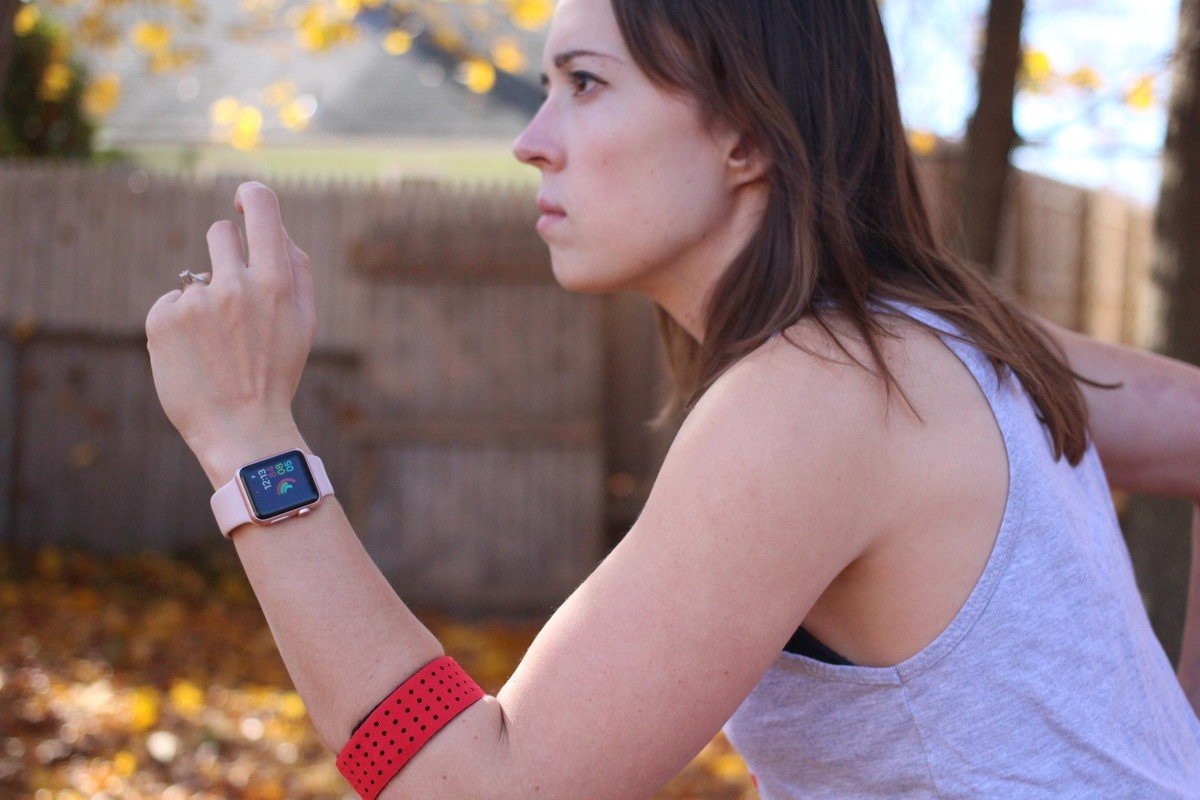Apple Watch LTE: Data dreams and power expectations

I'm guessing Apple began planning an LTE Apple Watch about 0.001 seconds after the company began planning an Apple Watch. Back when the original was released, though, it was already at the thermal limits of that design. And LTE is hot — not to mention power hungry.
So, Apple Watch (Series 0) shipped as an accessory of sorts, connected locally through Wi-Fi and Bluetooth, and to the world beyond through the iPhone it was paired with. (Hey — at least it didn't have to be as big as a deck of cards or burn its way through our wrists when it lit up!)
Last year, Apple added (assisted) GPS to Apple Watch Series 2. It required a slightly bigger design but also a lot of smarts. Basically, to preserve battery life, GPS would only fire when it couldn't get location data from iPhone GPS and it was opportunistic and efficient to get it directly. For example, when your arm broke the water on back stroke, it would grab GPS.
The slight increase in battery combined with the levels of efficiency let Apple Watch Series 2 get even better battery life than the original. But GPS isn't as hot or hungry as LTE.
My guess has always been that Apple would ship LTE on Apple Watch as soon as the company could do it with the same kind of power efficiency and smarts.

What I envisioned was an ultra low power modem that would only try to connect when signal was strong, preventing the type of power-draw that typically happens to phones when they're desperate to grab or hold a signal. Then, it would transfer data as fast as possible so it could race-to-sleep again, expending as little power as possible.
That's the key. Older/slower network technology isn't better. It's typically less available now, forcing more power to catch and keep a signal, and it takes a while to transfer data, which results in longer periods of power drain.
iMore offers spot-on advice and guidance from our team of experts, with decades of Apple device experience to lean on. Learn more with iMore!
If Apple could do what it did with GPS, and have LTE that only lights up when an iPhone isn't connected, when signal is strong enough, and then stays lit only long enough to transfer essential data before going dark again, it could be the same type of win/win. Or, if Apple doesn't want to or can't add more battery to balance out the higher draw, at least it would be as little loss on overall battery life as possible.
The only thing that type of model doesn't factor in is streaming.

Once people have an LTE Apple Watch, one of the things they're going to want to do is go out running without their iPhone, and stream Apple Music or similar services as they do.
That sort of constant activity means more data and less ability to sleep, which translates into greater power draw.
I'm ignorant on the finer points of streaming data technologies, though, so there could be something that makes that lower impact than I'm otherwise assuming. (If you're familiar with anything, let me know.)
I'm really looking forward to an LTE Apple Watch. To a fully autonomous Apple Watch, frankly. (If the original was a shuttle craft with sub-light engines only, then I can't wait for the one with Warp nacelles all its own.)
It might not solve things for people who want an Apple Watch but not an iPhone. Apple would have to build out a fully independent Watch.exe for Windows or Watch.apk for Android to handle all the data types and interfaces, and that would be both a tremendous drain on Apple's engineering resources and likely an incredibly awkward experience for people on those platforms. (See iTunes for Windows or Safari for Windows for the two paths those types of solutions typically take.)
But it would let iPhone owners do more with just their Apple Watch, and it might even let non-iPhone owners to something with an Apple Watch. If not immediately, then as Apple Watch LTE matures.
And if Apple really has solved for heat and power, and we get Apple Watch LTE this year, then that could be as soon as this September.

Rene Ritchie is one of the most respected Apple analysts in the business, reaching a combined audience of over 40 million readers a month. His YouTube channel, Vector, has over 90 thousand subscribers and 14 million views and his podcasts, including Debug, have been downloaded over 20 million times. He also regularly co-hosts MacBreak Weekly for the TWiT network and co-hosted CES Live! and Talk Mobile. Based in Montreal, Rene is a former director of product marketing, web developer, and graphic designer. He's authored several books and appeared on numerous television and radio segments to discuss Apple and the technology industry. When not working, he likes to cook, grapple, and spend time with his friends and family.
